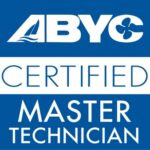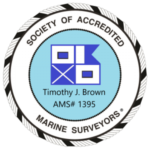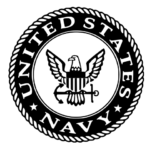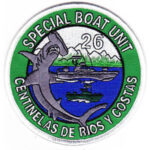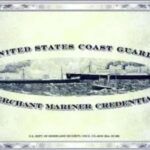A marine survey on a vessel aims to ensure safety, compliance, and operational integrity. Below are the primary objectives and details of the inspection process:
Objectives of Conducting a Marine Survey on a Vessel
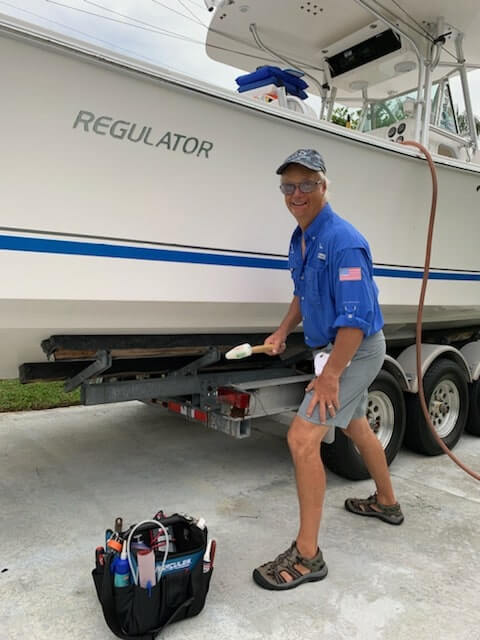
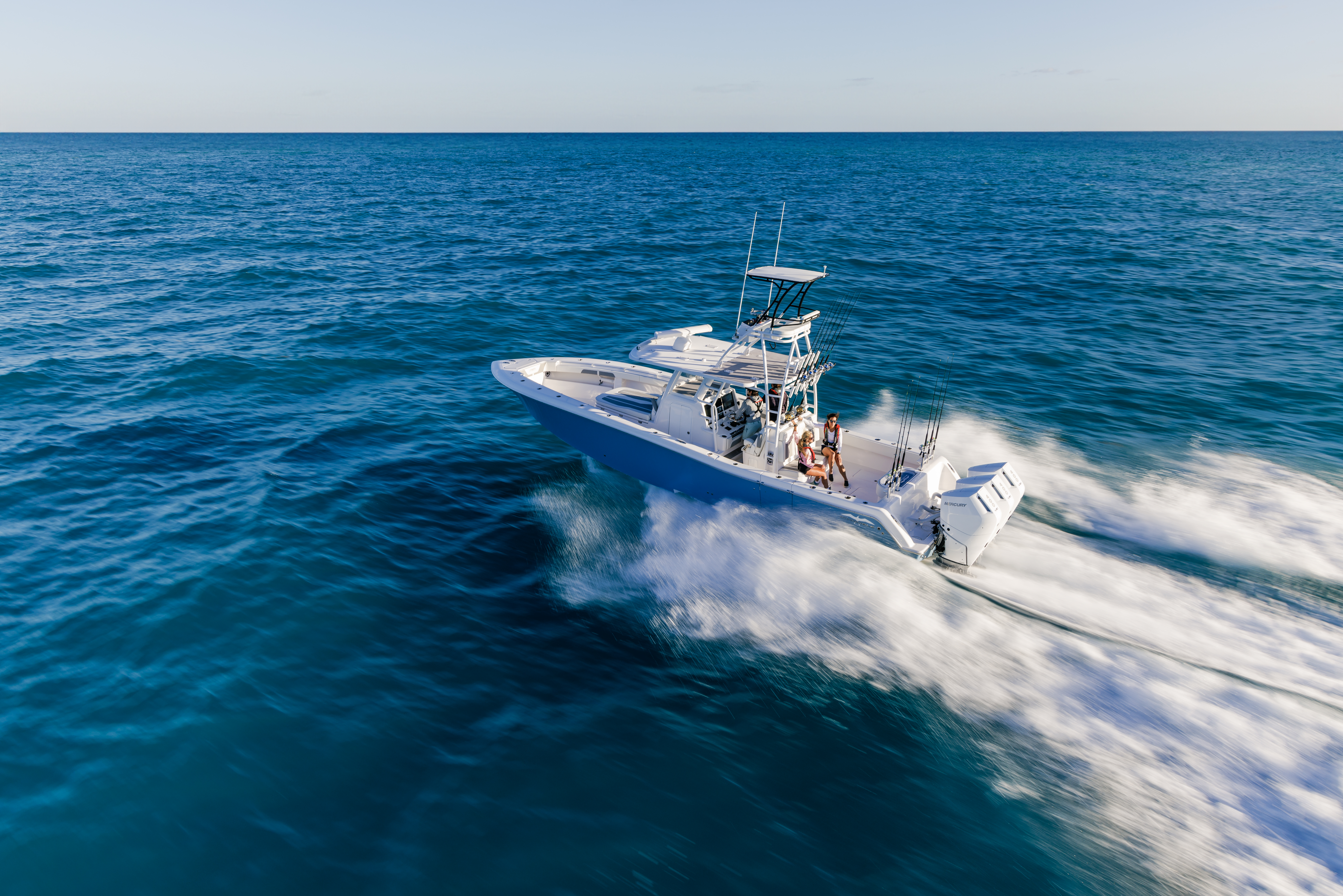
1. Hull Integrity Inspection
Methods and Tools: The surveyor employs appropriate techniques and tools tailored to the hull type to assess structural integrity.
Focus Areas:
- Visual inspections for cracks, delamination, or other signs of damage.
- Non-destructive testing methods, if necessary, to evaluate hidden defects.
2. Running Gear Assessment
Components Inspected:
- Props: Checking for wear, damage, and proper alignment.
- Shafts: Inspecting for bends, corrosion, and secure fittings.
- Rudders: Ensuring functionality and examining for any signs of wear.
3. Underwater Components Inspection
Through-Hulls and Seacocks:
- Inspecting for leaks, corrosion, and operational integrity.
Exposed Metals:
- Assessing for abnormal corrosion and ensuring proper anti-fouling measures.
4. Bonding System Evaluation
Protection of Underwater Metals:
-
Ensuring that exposed metals are protected with adequate sacrificial anodes.
Overall Bonding System:
- Verifying that the bonding system is intact and functioning, which is critical for corrosion mitigation and electrical safety.
5. Fuel System Inspection
Fuel Tank Grounding:
- Inspecting grounding systems to prevent static discharge.
Fuel Hoses:
- Ensuring compliance with USCG standards for fuel hoses to prevent leaks and ensure safety.
Fuel Tank Mounts:
- Checking that fuel tanks are securely mounted and free from movement or corrosion.
6. Battery Inspection
Load Capacitance Testing:
- Utilizing a load capacitance tester to determine the remaining potential of the vessel’s batteries, ensuring they are capable of holding a charge and performing under load.
7. Compliance with Regulations
USCG Regulations and ABYC Standards:
- Inspections are conducted in accordance with the United States Coast Guard (USCG) regulations and the American Boat and Yacht Council (ABYC) standards.
Electrical Systems:
- Both AC and DC systems are scrutinized for compliance with safety standards, including wiring, circuit breakers, and grounding.
8. Mechanical and Auxiliary Systems Assessment
Propulsion Engines and Auxiliary Generators:
- Evaluating performance, operational safety, and maintenance records.
Steering and Hydraulic Systems:
- Inspecting for responsiveness, leaks, and overall functionality.
Plumbing and Water Systems:
- Ensuring proper operation of fresh water and waste systems, including holding tanks.
9. Safety Equipment and Navigation Systems
Navigation Systems:
- Ensuring compliance with USCG minimum requirements, including navigation lights, horn, and helm visibility.
Safety Gear:
- Inspecting personal flotation devices, life rafts, EPIRBs (Emergency Position Indicating Radio Beacons), and flares for current compliance.
Additional Information for Understanding the Scope of Inspection
- Purpose of Inspection: The primary goal is to identify any potential issues that could compromise the vessel’s safety, performance, or compliance with legal standards.







